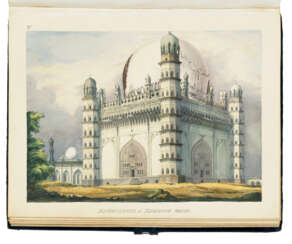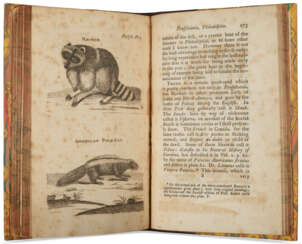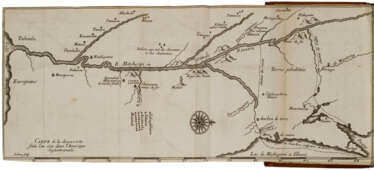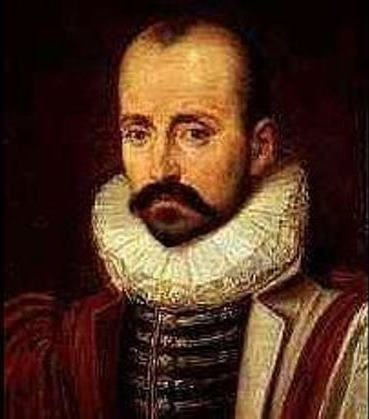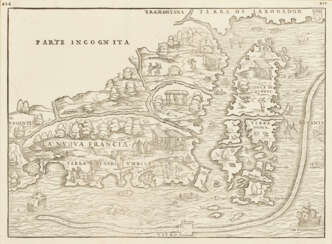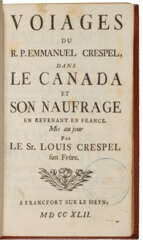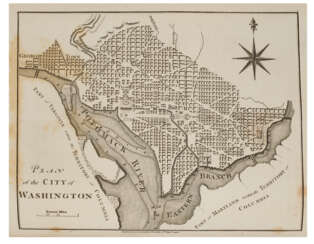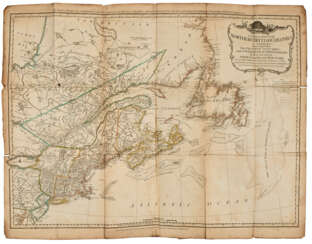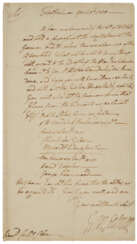путешествия и открытия
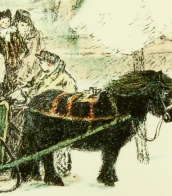

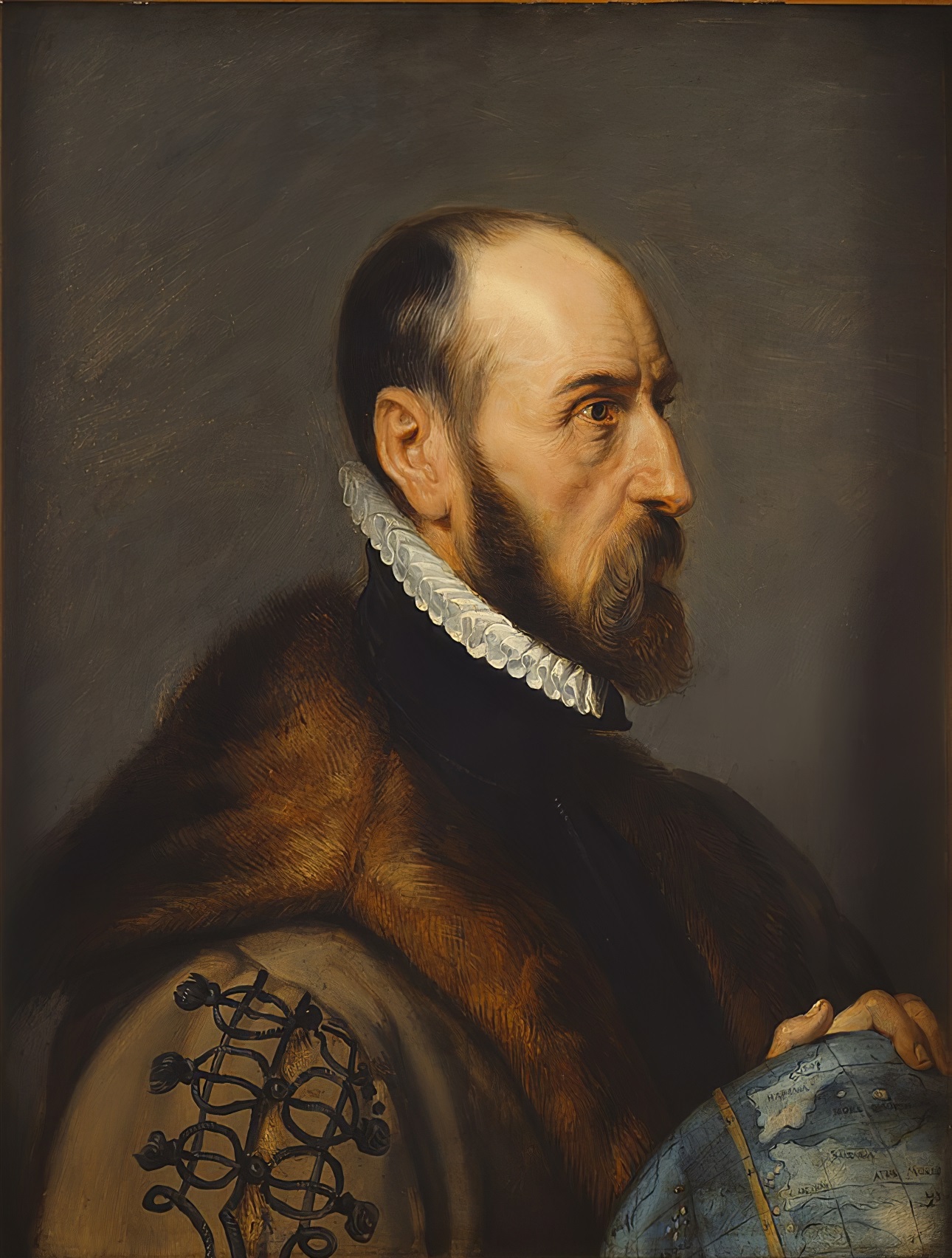
Abraham Ortelius (Ortels) was a Brabantian cartographer, geographer, and cosmographer. He is recognized as the creator of the first modern atlas, the Theatrum Orbis Terrarum (Theatre of the World). Along with Gemma Frisius and Gerardus Mercator, Ortelius is generally considered one of the founders of the Netherlandish school of cartography and geography. He was a notable figure of this school in its golden age (approximately 1570s–1670s) and an important geographer of Spain during the age of discovery. The publication of his atlas in 1570 is often considered as the official beginning of the Golden Age of Netherlandish cartography. He was the first person proposing that the continents were joined before drifting to their present positions. Beginning as a map-engraver, in 1547 he entered the Antwerp Guild of Saint Luke as an illuminator of maps. In 1560 when travelling with Mercator to Trier, Lorraine, and Poitiers, he seems to have been attracted, largely by Mercator's influence, towards the career of a scientific geographer. In 1564 he published his first map, Typus Orbis Terrarum, an eight-leaved wall map of the world. On 20 May 1570, Gilles Coppens de Diest at Antwerp issued Ortelius's Theatrum Orbis Terrarum, the "first modern atlas" (of 53 maps).
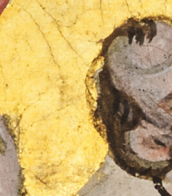

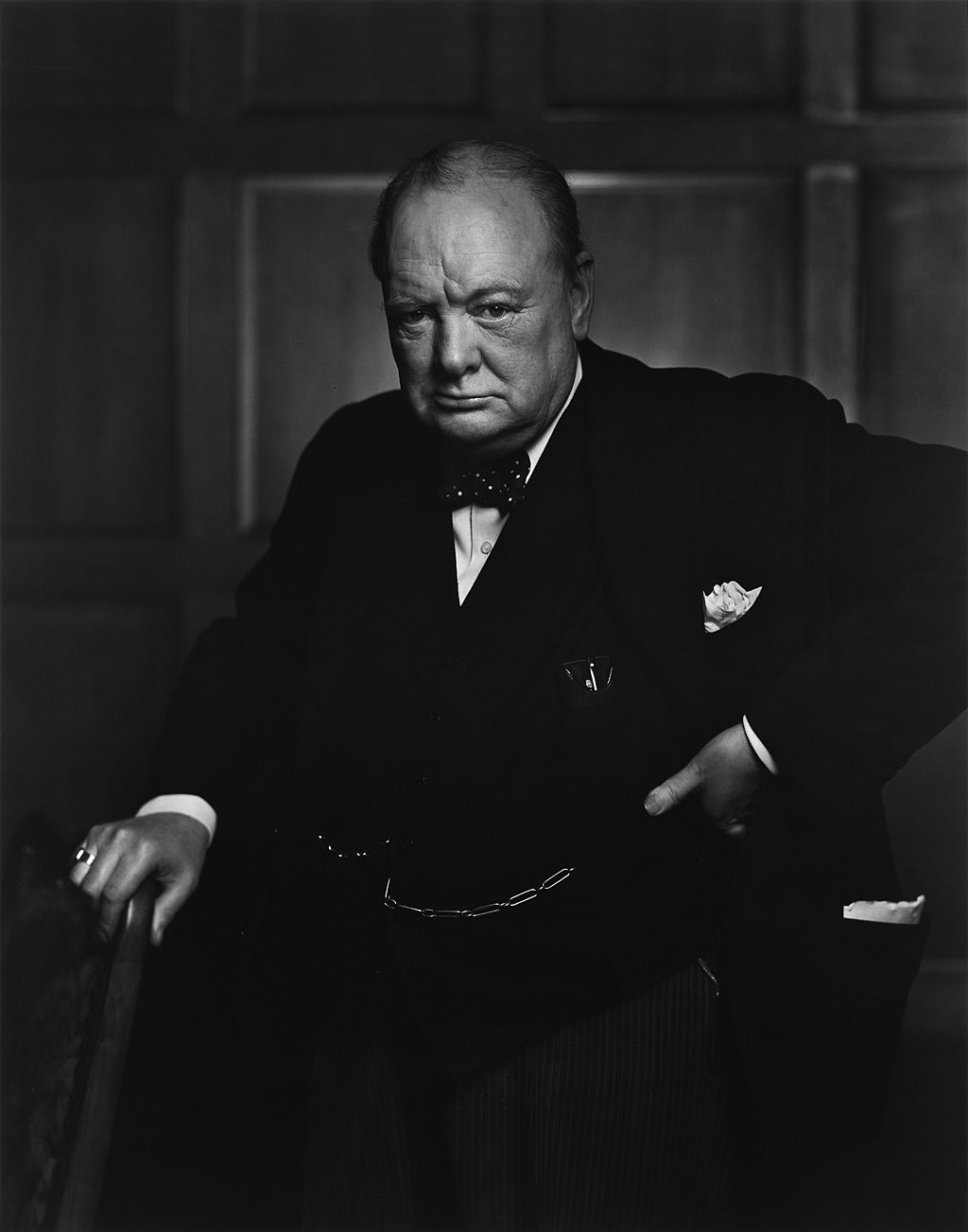
Sir Winston Leonard Spencer Churchill was a British statesman, soldier and writer who served as Prime Minister of the United Kingdom from 1940 to 1945, during the Second World War, and again from 1951 to 1955. Apart from two years between 1922 and 1924, he was a Member of Parliament (MP) from 1900 to 1964 and represented a total of five constituencies. Ideologically an economic liberal and imperialist, he was for most of his career a member of the Conservative Party, which he led from 1940 to 1955. He was a member of the Liberal Party from 1904 to 1924.

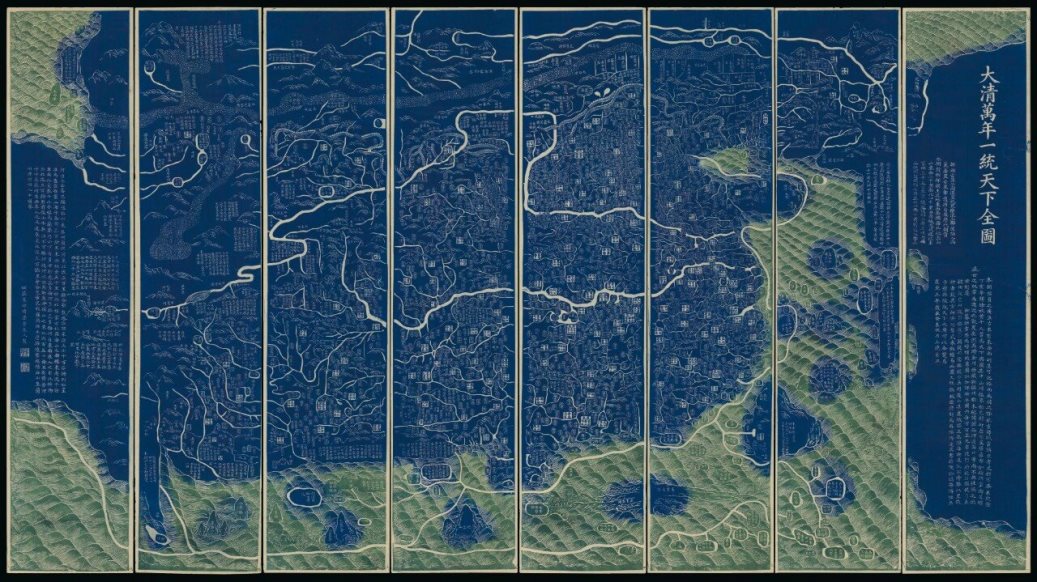
Qianren Huang was a Chinese cartographer and clerk who worked in the 18th century during the reign of the Qianlong Emperor.
His grandfather, Huang Zongxi (1610-1695), was a famous Qing Chinese polymath, Confucian scholar, cartographer, and father of the Chinese Enlightenment.
Qianren Huang is known for his 1767 revision of the map created by his grandfather Huang Zongxi, the so-called famous "Blue Map" of the world. Continuing the family tradition of outstanding scientific achievements, his grandson pointed out the addition of new territories such as Tibet and Xinjiang on the updated map, emphasizing the continuous strengthening of the Chinese state.

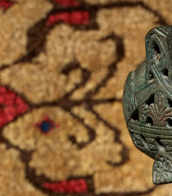
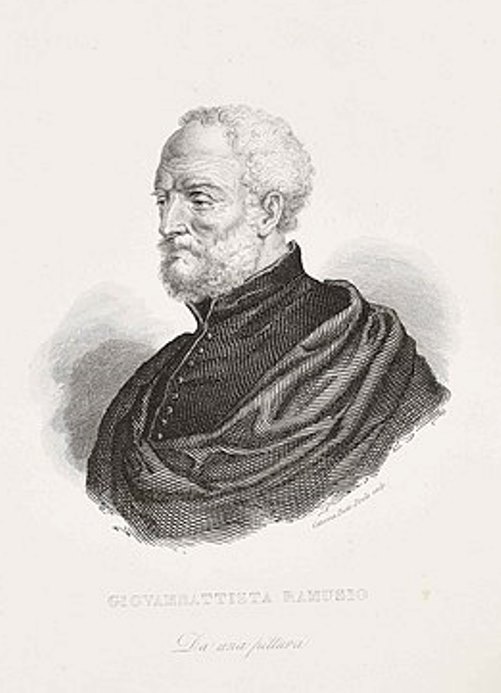
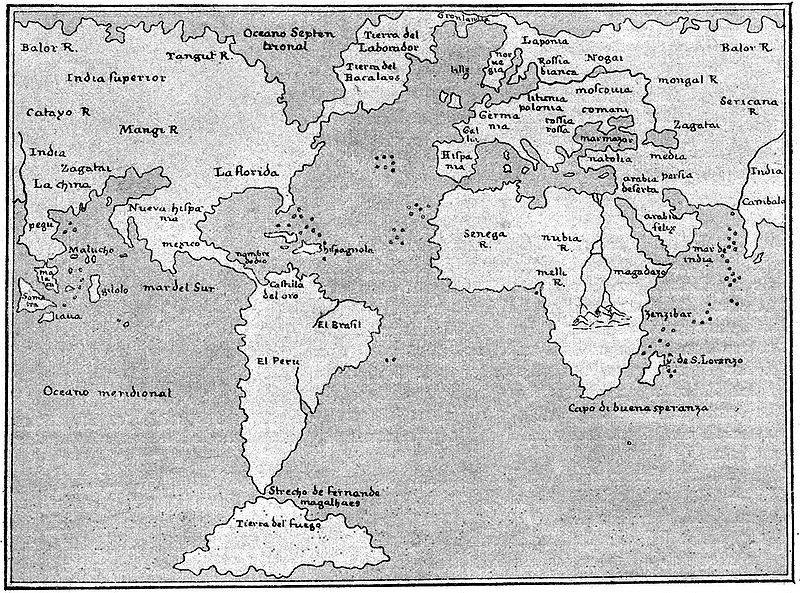
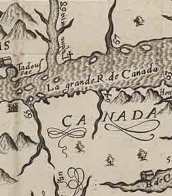
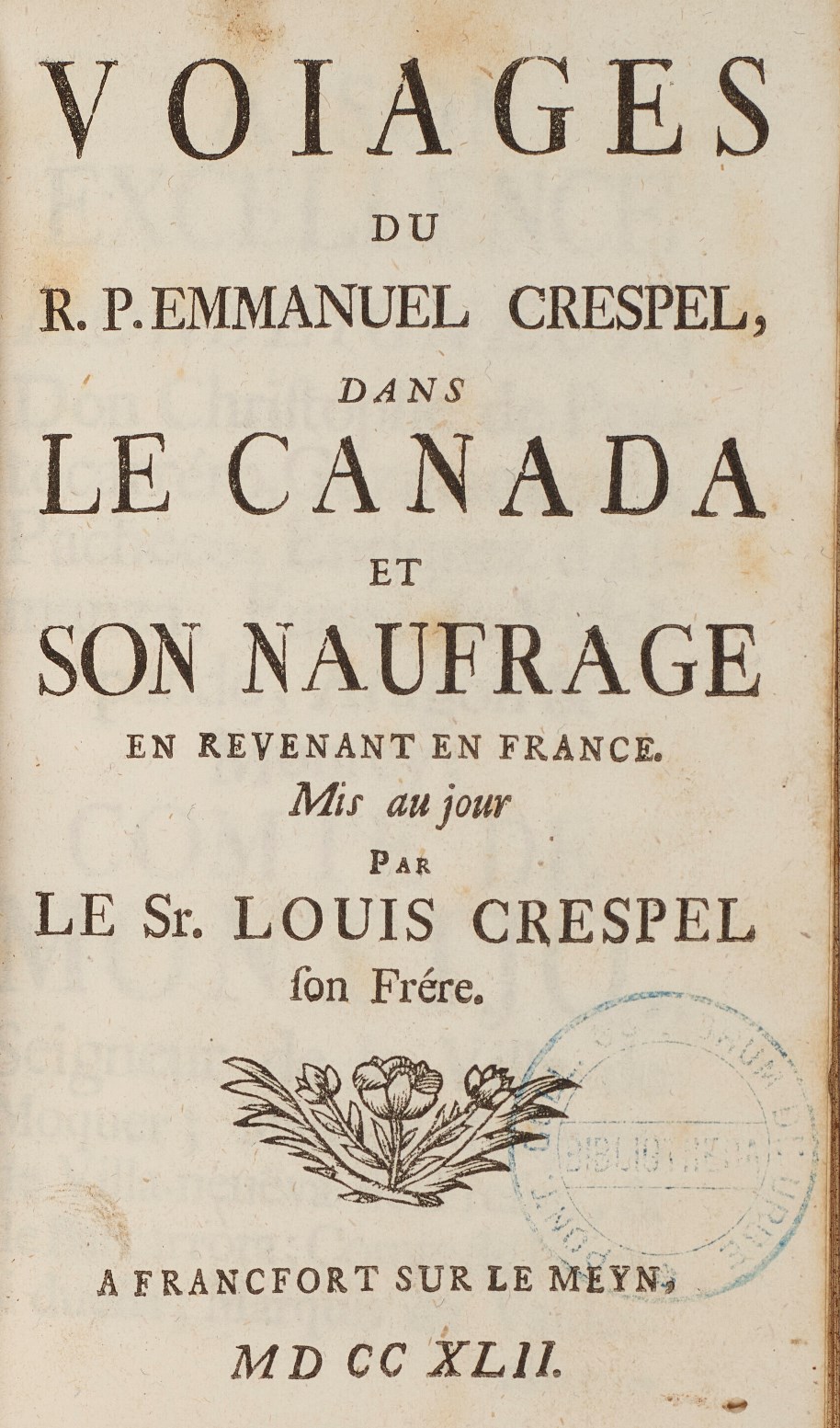

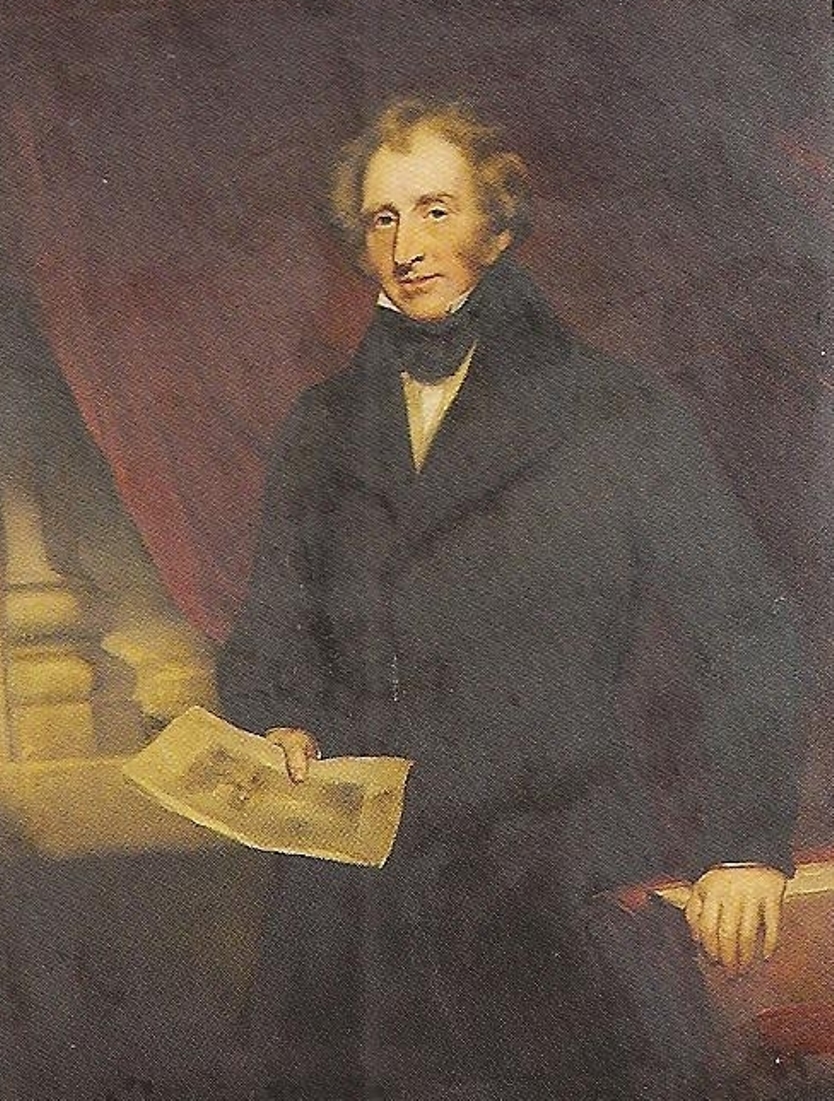
Isaac Weld was an Irish explorer, writer, and artist.
After completing his studies, Isaac Weld traveled to the new lands of America in 1795, meeting Thomas Jefferson and George Washington. The purpose of his journey was to learn of opportunities for Irish resettlement. Returning in 1797, Weld soon published his book, A Journey through the States of North America and the Provinces of Upper and Lower Canada. In general, Weld did not like the United States; he particularly noted the practice of slavery and the treatment of Native peoples by the rude new Americans. But he liked Canada and Quebec: he praised the views from the Citadel and reported that because of the low cost of land, a middle-income person could easily settle in the country for himself and his family.
This book by Weld was quite popular: it went through several editions from its first publication in 1799 to 1807. By 1820, it had also been translated into French, German, Italian, and Dutch.
In 1800 Weld was elected a member of the Royal Society of Dublin. In 1811 and 1812 he served on the library committee, and on December 4, 1828, he was elected honorary secretary. His first act in this capacity was to establish an annual exhibition of specimens of the manufactures and products of Ireland. Isaac Weld published several other books on Ireland and Great Britain, illustrated with his own drawings. Of these, his Statistical Survey of the County of Roscommon, over seven hundred pages long, published by the Royal Dublin Society in 1832, stands out.

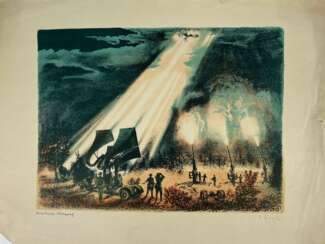



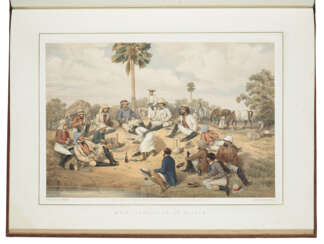

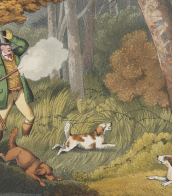
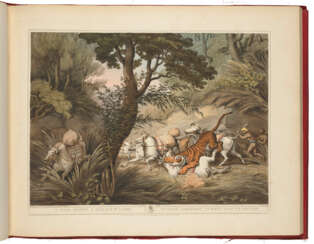



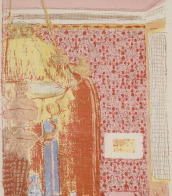
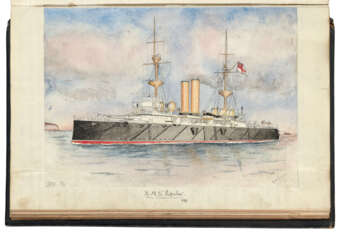

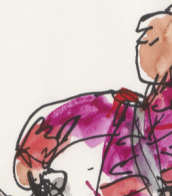
![[AUSTRALIA] – James Mario MATRA (1746-1806)](/assets/image/picture_2279433/9eb30/25489c149480335c5c00c0a68795ba141657663200jpg__fix_374_244.jpeg)
![[AUSTRALIA] – James Mario MATRA (1746-1806)](https://veryimportantlot.com/assets/image/picture_2279433/9eb30/25489c149480335c5c00c0a68795ba141657663200jpg__fix_374_244.jpeg)


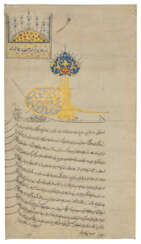

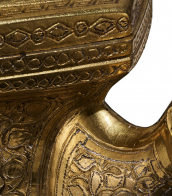
![[EDEN FAMILY].](/assets/image/picture_2401300/09288/27194d0df96e4e435d45054c0693e4f31666303200jpg__fix_374_244.jpeg)
![[EDEN FAMILY].](https://veryimportantlot.com/assets/image/picture_2401300/09288/27194d0df96e4e435d45054c0693e4f31666303200jpg__fix_374_244.jpeg)
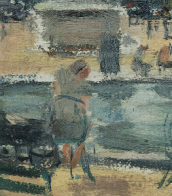


![[AMUNDSEN, Roald (1872-1928)]](/assets/image/picture_2584966/47288/f8c7c96a9b27759f5604f47a2b6e020c1670972400jpg__fix_374_244.jpeg)
![[AMUNDSEN, Roald (1872-1928)]](https://veryimportantlot.com/assets/image/picture_2584966/47288/f8c7c96a9b27759f5604f47a2b6e020c1670972400jpg__fix_374_244.jpeg)




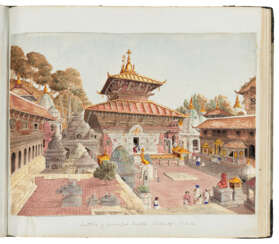

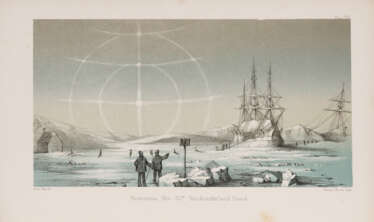

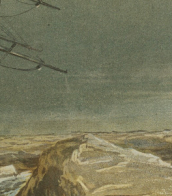
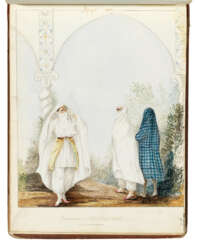

![[Russian Costume]](/assets/image/picture_2944068/ca3ca/fbd456e961163cf52433d42f108e3d1e1689199200jpg__fix_374_244.jpeg)
![[Russian Costume]](https://veryimportantlot.com/assets/image/picture_2944068/ca3ca/fbd456e961163cf52433d42f108e3d1e1689199200jpg__fix_374_244.jpeg)
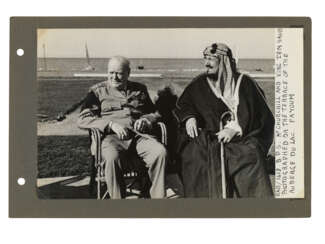



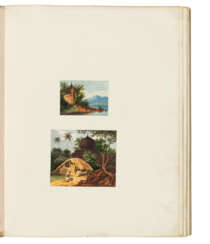

![[AUSTRALIA] – James Mario MATRA (1746-1806)](/assets/image/picture_2945096/292ea/45b7a4284919bddce23eaf7aa6b35ee71689112800jpg__fix_374_244.jpeg)
![[AUSTRALIA] – James Mario MATRA (1746-1806)](https://veryimportantlot.com/assets/image/picture_2945096/292ea/45b7a4284919bddce23eaf7aa6b35ee71689112800jpg__fix_374_244.jpeg)
